

Fleahost
gamer level 5
3725 xp
3725 xp
followers
6
6
Use my invite URL to register (this will give me kudos)
https://boardgaming.com/register/?invited_by=fleahost
profile badges




recent achievements

I Walk the Talk!
Claim that you have played a game today by clicking the "Played Today!" button on a game page 100 times.
Claim that you have played a game today by clicking the "Played Today!" button on a game page 100 times.

Cooperative Game Explorer
Explore 10 games in the Cooperative Games Collection. view the collection >
Explore 10 games in the Cooperative Games Collection. view the collection >

Gamer - Level 5
Earn Gamer XP to level up!
Earn Gamer XP to level up!

Explorer - Level 2
Earn Explorer XP to level up by completing Explorer Quests!
Earn Explorer XP to level up by completing Explorer Quests!





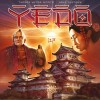






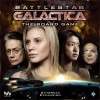

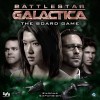
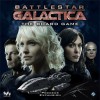




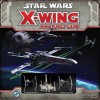







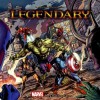


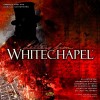










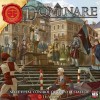





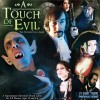

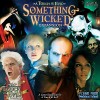
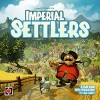
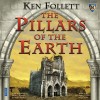


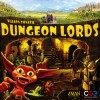
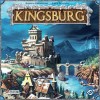



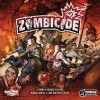
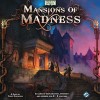





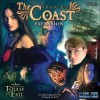
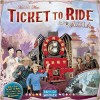


Mystery of the Abbey
This game has fired Clue for me. Like Clue, Mystery of the Abbey (MOTA) has players trying to find out ‘Who done it?’ One of the monks of the abbey has been found dead, and all signs point to foul play. There are 24 suspects (none of which are the players themselves)and are each represented by monk cards. One of these is randomly selected and placed under the board as the culprit. These potential murders have traits which include their Order (Franciscan, Benedictine or Tempar, fat/thin, beared/clean-shaven, hooded/bare-headed, and rank (Father, Brother & Novice).
Unlike Clue there is no roll and move mechanic. Players all move one or two spaces and the abbey can be traveled from one end to the other in three rounds. The different rooms have special abilities. Players gather information through these rooms, asking other players questions and by passing cards during Mass (which takes place at the end of each game turn-4 player rounds).
When a player ends their movement in the same space as another they MUST ask a question of that player. The game gives rules on what can be asked and what can’t and players cannot lie in their answers. The player being asked can place their finger over their lips and take a Vow of Silence (refusing to answer the question). If they do answer it they may then ask the first player a question which MUST be answered. All these questions are alound and public.
After 4 player turns all players are called to Mass in the cathedral. An Event card is played and one or more monk cards are passed to the player to your left.
Players can make revelations and accusations. These work in a similar fashion to the suggestions and accusations in Clue but are not game enders. In Clue you make a suggestion, which forces a pawn to be moved to the room and players are required to show a card from their hand-what do you mean I have to go to the lounge? I just spent 10 minutes moving to the ballroom! While there is a room in MOTA that simulates this, MOTA has revelations. Players make a positive statement like, “The culprit is a Templar”. This revelation that proves correct yields +2 points. Each false one -1 point. Accusations name the murderer. If no player can sho that named monk card the player gets +4 points. If that card is shown -2 points. Thus it is possible to win the game even if you aren’t the one to properly accuse the correct monk!
Replay Value: More than Clue for sure. The Event cards shake up the game and you’ll see different ones each time you play. There are also many variants you can use. Included are several blam\nk cards you can customize!
Components: Days of Wonder-should be enough said but here goes:
I think are fantastic. The board is a good size but not enormous. Players are given a colored page with a picture of all of the monks and a player guide to conceal it. The player tokens are resin and the dice are wooden. The cards are of good stock and stay true to the theme. A small metal bell is used to mark the turns of the game.
Ease of Learning: The basic rules are not that hard. The player guides help you remember what room does what special action. The trick is learning what questions you can ask to garner the most information, but keep in mind this is public knowledge.
I love the theme (I love The Name of the Rose). I like the idea that none of the players are the killer. It bugged me that in Clue I could be Prof. Plum AND be the killer but not know it. If the game seems slow at first don’t worry, it picks up as it goes! Again this has murdered Clue for me.